We use cookies to make your experience better. To comply with the new e-Privacy directive, we need to ask for your consent to set the cookies. Learn more.
How to hang your curtains
When your new The Pure Edit curtains arrive, take a little time to expertly hang your curtains for the best finish. Each of our heading types – pencil pleat, eyelet and pinch pleat – require different hanging preparation, and we’ve broken these down below.
How to hang pinch pleat curtains
Firstly, ensure you have the same number of curtain rings or gliders as you have pinch pleats. You’ll then need to choose where the hooks are placed. If your curtains are to be hung on a pole, place the hooks towards the top of the heading so that the curtains hang below the pole. If your curtains are to be hung on a track, place the hooks towards the middle of the heading to ensure that the track will be covered.
Insert your first hook into the curtain slightly to one side of the pinch pleat (A), with the hook piercing both the exterior material and inner stiffener material. The sharp end should be pushed in fully, meaning that only the hook is visible.
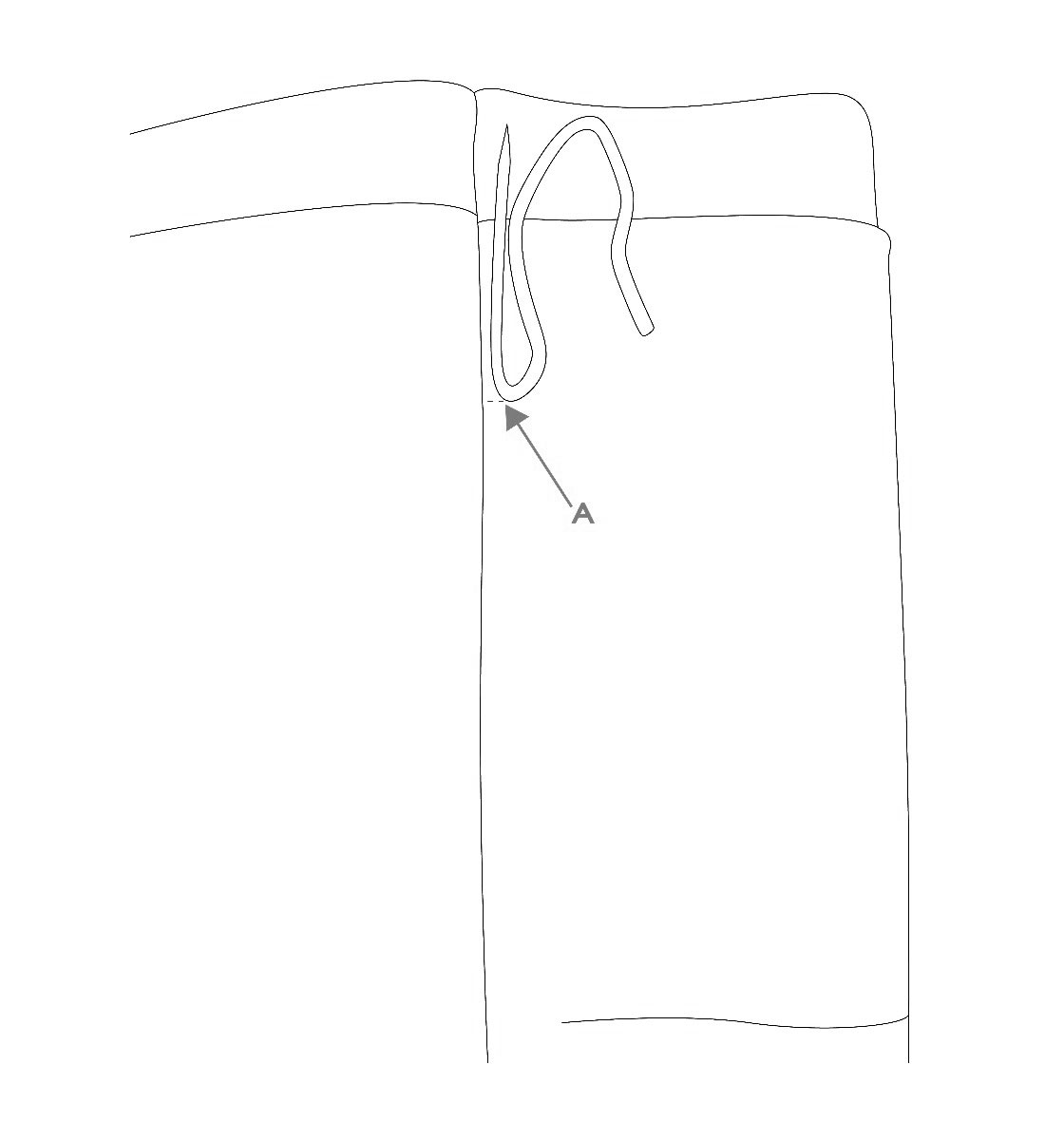

Continue to add another 2 or 3 hooks. To check that you’re happy with the position of the curtain hooks, carefully lift the curtain and hang from the rings or gliders. It’s important to ensure that the rest of the curtain is held to support the weight. If possible, it’s always worth having someone on hand to hold the weight of the curtain while you attach the hang them. If you’re happy with the position of the curtain, you can take the curtain down and continue to attach the rest of the hooks, with one being inserted at each pleat. Add a hook to the outer edge of each curtain.
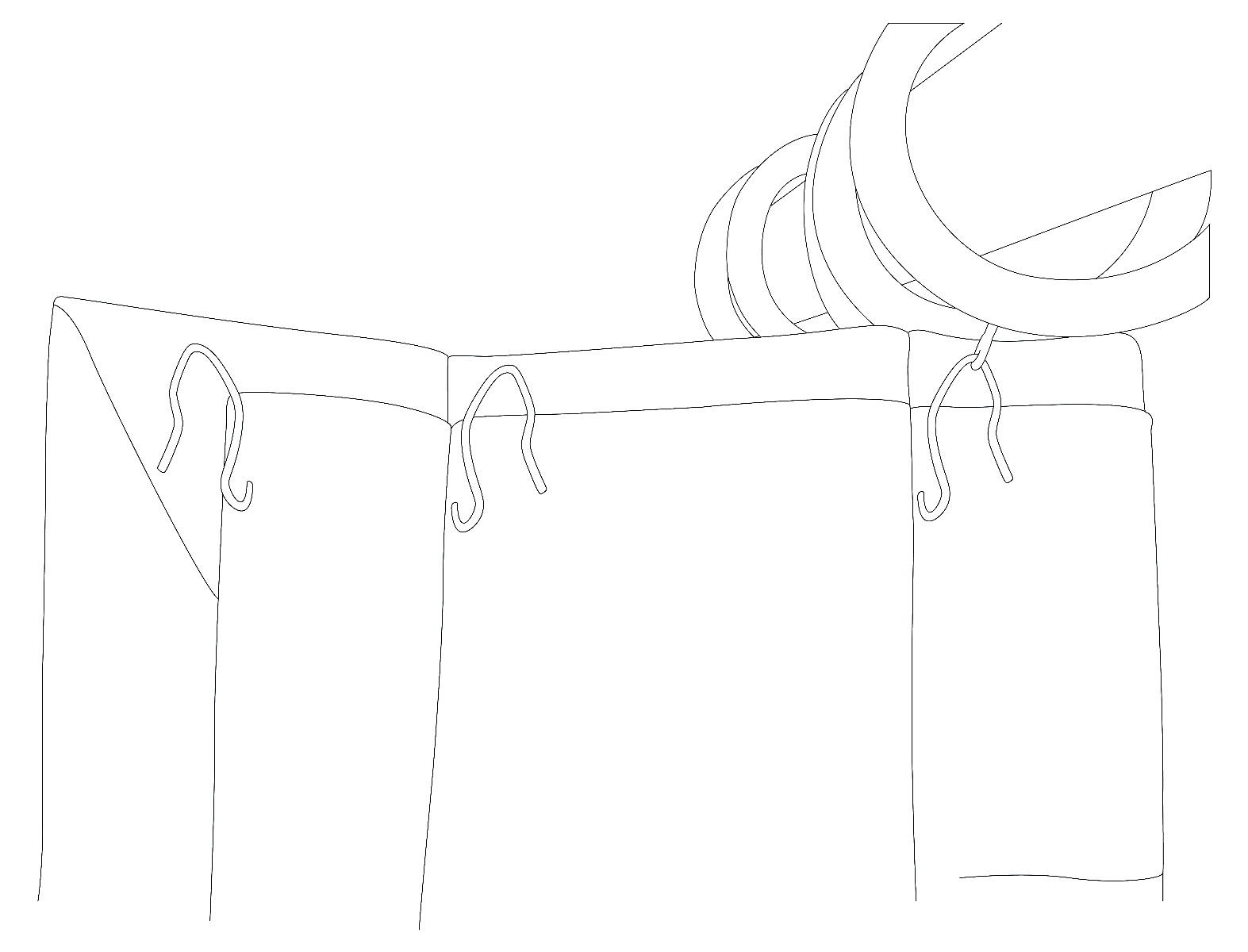

When you’ve added all hooks, it’s time to hang your curtains. Always start from the middle and work outwards. This way, if you happen to be short a curtain ring or glider, you can add this on without taking the curtain down.
How to hang pencil pleat curtains
Place your curtain face down on a clean, flat surface. Across the top of your curtain, you’ll see a strip of curtain tape which will have three or four rows of string threaded through. These strings are used to gather your curtains into folds. Start by tying one end of all the strings in a knot to stop them pulling all the way through. With one end tied, you can now pull all three or four strings at the same time to create a gathered effect. Gather the curtains to a width of half the track or pole, plus a couple of centimetres for overlap.
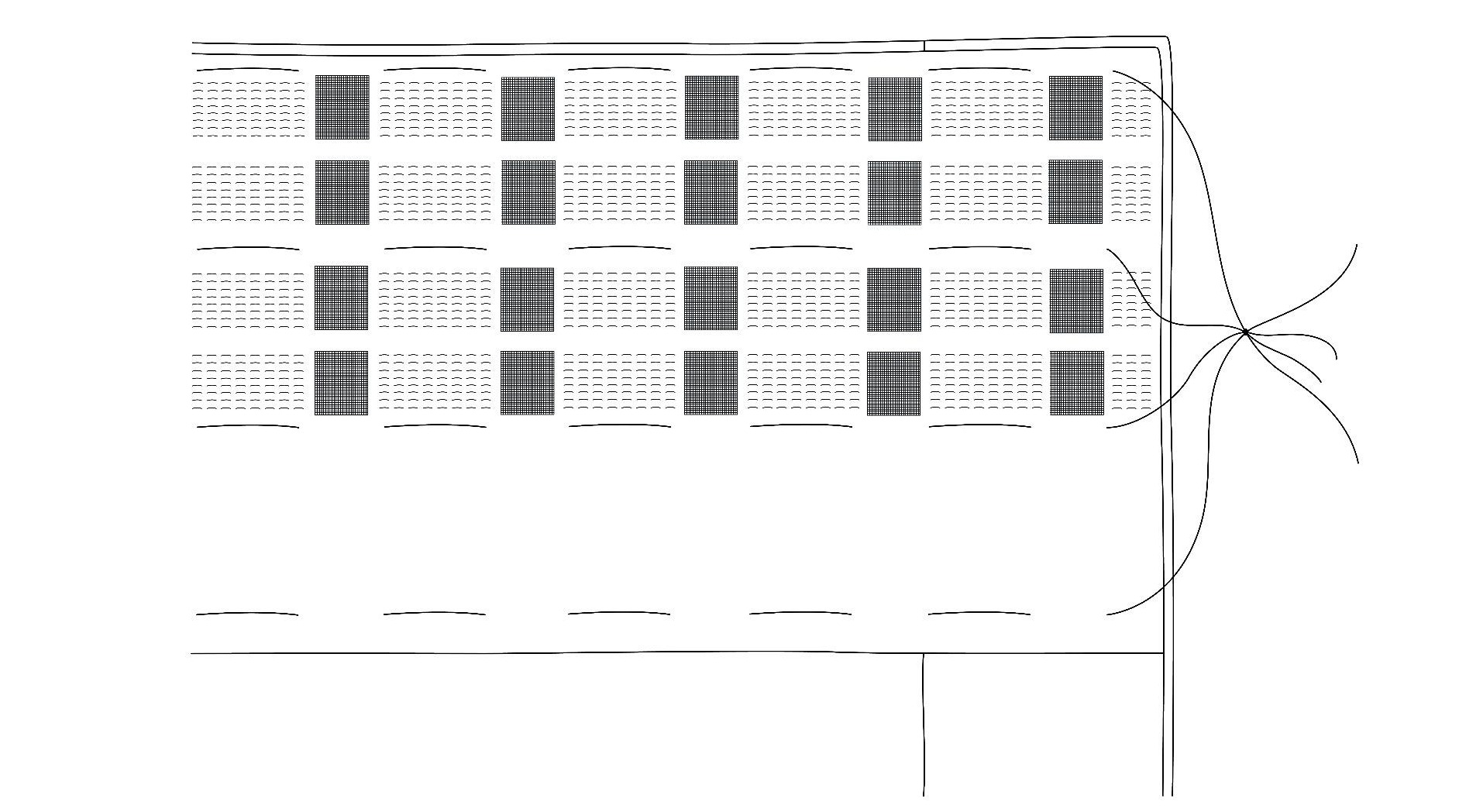

Hold the curtains up against the window to ensure that you are happy with the width, and if you are, tie the strings off. Tying with a slipknot would allow you to easily untie in the future, should you need to adjust. Wind any excess strings round your hand to create a loop that you can then hide behind the curtain with a safety pin.
You can now add the curtain hooks. The first step is to choose which row of pockets to place the hooks in. If you are hanging the curtains on a pole, insert the hooks into the top row of pockets so that the curtain hangs below the pole. If you are hanging the curtains on a track, you’ll likely need to place the hooks into the bottom or middle row so that the track is hidden when the curtains are hung. Space all hooks out evenly and, to keep your curtain securely at the end of the track or pole when closed, place a hook on the outside edge of the curtain too.
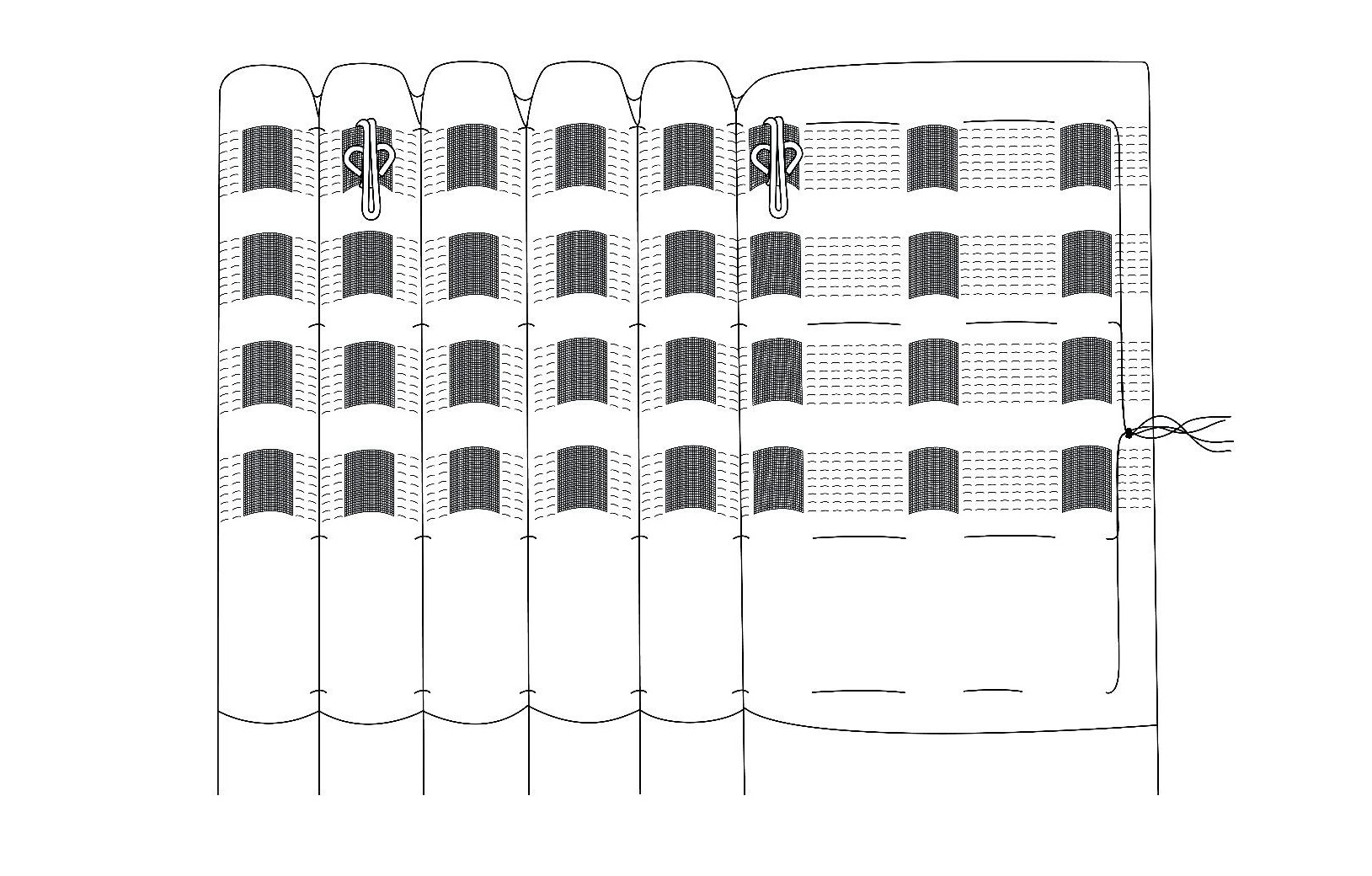

When it comes to hanging your curtains, it’s always worthwhile to have someone on hand to help, with one of you hanging the curtains and the other holding the weight. The final curtain hook should be secured to stop the curtains sliding too far. If your curtains are on a pole, this means placing the final hook between the bracket and the finial and if your curtains are on a pole, this means attaching the final hook to the fixed glider at the end.
How to hang eyelet curtains
Eyelet curtains are the quickest and simplest to hang. Slide the eyelets over the pole making sure that either end of each curtain points back towards the wall or window. Make sure the final eyelet either end is between the bracket and the finial to secure the end of each curtain.
Eyelet curtains naturally fall into generous falls and so no further dressing is needed.
When your new The Pure Edit curtains arrive, take a little time to expertly hang your curtains for the best finish. Each of our heading types – pencil pleat, eyelet and pinch pleat – require different hanging preparation, and we’ve broken these down below.
How to hang pinch pleat curtains
Firstly, ensure you have the same number of curtain rings or gliders as you have pinch pleats. You’ll then need to choose where the hooks are placed. If your curtains are to be hung on a pole, place the hooks towards the top of the heading so that the curtains hang below the pole. If your curtains are to be hung on a track, place the hooks towards the middle of the heading to ensure that the track will be covered.
Insert your first hook into the curtain slightly to one side of the pinch pleat (A), with the hook piercing both the exterior material and inner stiffener material. The sharp end should be pushed in fully, meaning that only the hook is visible.
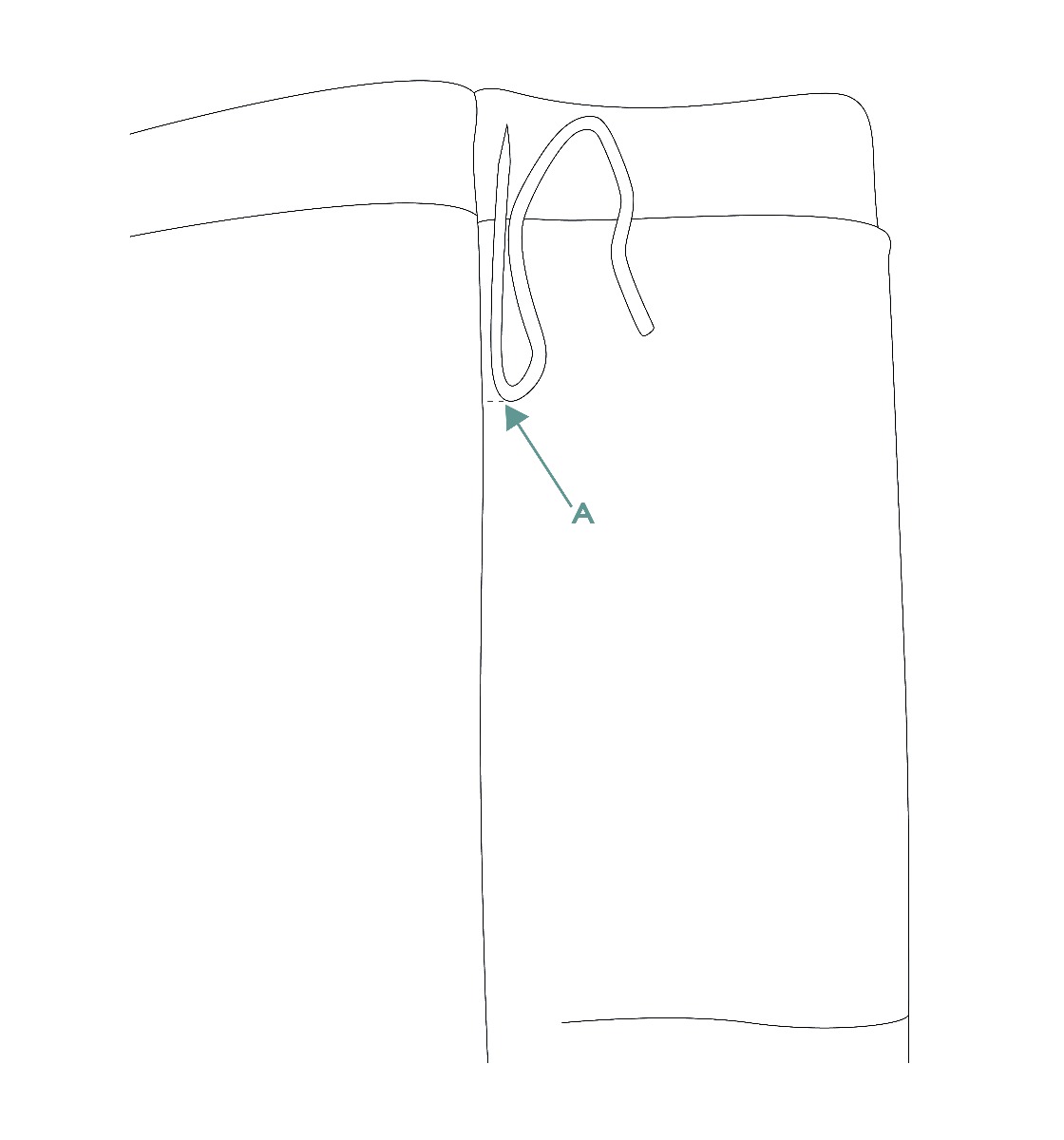
Continue to add another 2 or 3 hooks. To check that you’re happy with the position of the curtain hooks, carefully lift the curtain and hang from the rings or gliders. It’s important to ensure that the rest of the curtain is held to support the weight. If possible, it’s always worth having someone on hand to hold the weight of the curtain while you attach the hang them. If you’re happy with the position of the curtain, you can take the curtain down and continue to attach the rest of the hooks, with one being inserted at each pleat. Add a hook to the outer edge of each curtain.
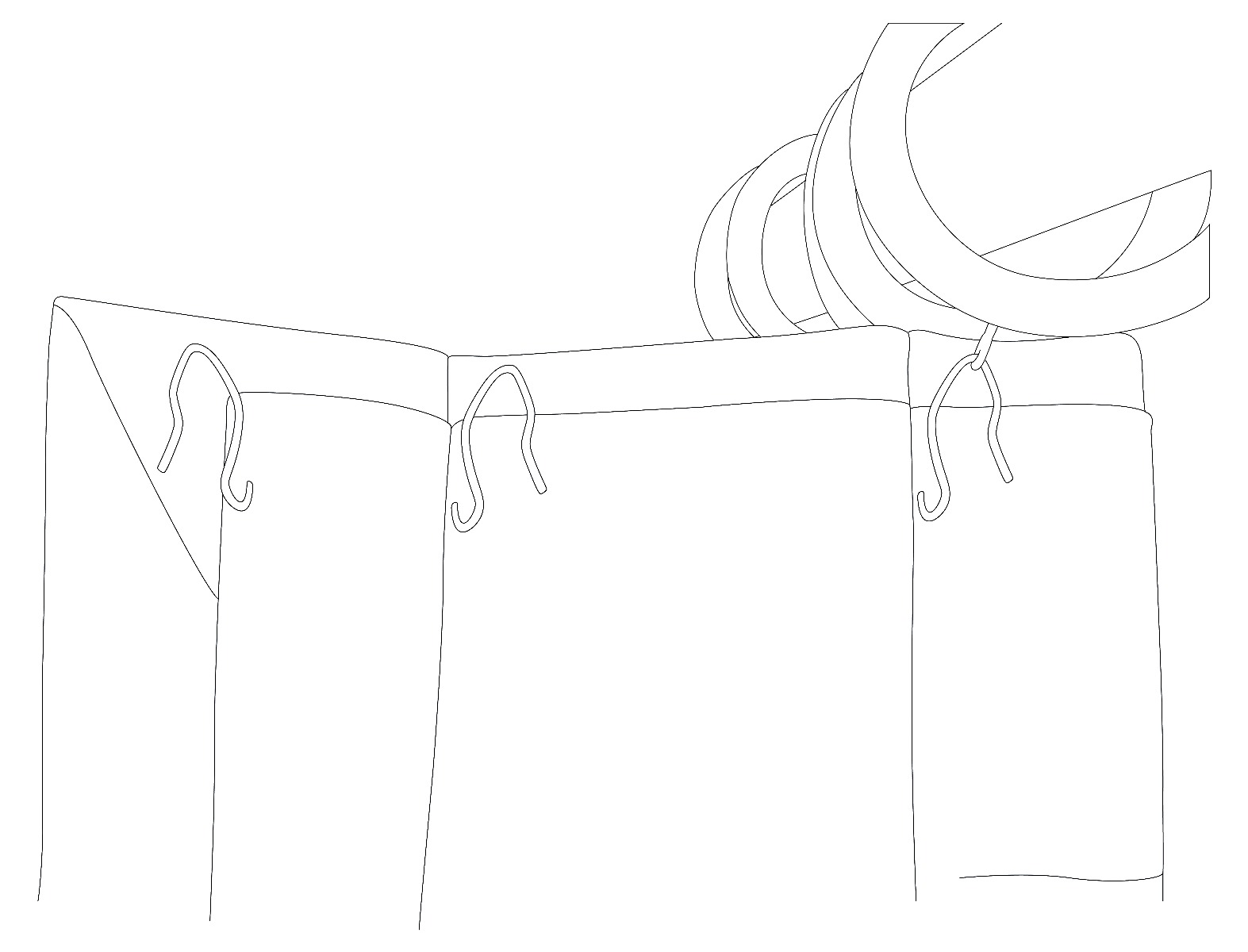
When you’ve added all hooks, it’s time to hang your curtains. Always start from the middle and work outwards. This way, if you happen to be short a curtain ring or glider, you can add this on without taking the curtain down.
How to hang pencil pleat curtains
Place your curtain face down on a clean, flat surface. Across the top of your curtain, you’ll see a strip of curtain tape which will have three or four rows of string threaded through. These strings are used to gather your curtains into folds. Start by tying one end of all the strings in a knot to stop them pulling all the way through. With one end tied, you can now pull all three or four strings at the same time to create a gathered effect. Gather the curtains to a width of half the track or pole, plus a couple of centimetres for overlap.

Hold the curtains up against the window to ensure that you are happy with the width, and if you are, tie the strings off. Tying with a slipknot would allow you to easily untie in the future, should you need to adjust. Wind any excess strings round your hand to create a loop that you can then hide behind the curtain with a safety pin.
You can now add the curtain hooks. The first step is to choose which row of pockets to place the hooks in. If you are hanging the curtains on a pole, insert the hooks into the top row of pockets so that the curtain hangs below the pole. If you are hanging the curtains on a track, you’ll likely need to place the hooks into the bottom or middle row so that the track is hidden when the curtains are hung. Space all hooks out evenly and, to keep your curtain securely at the end of the track or pole when closed, place a hook on the outside edge of the curtain too.

When it comes to hanging your curtains, it’s always worthwhile to have someone on hand to help, with one of you hanging the curtains and the other holding the weight. The final curtain hook should be secured to stop the curtains sliding too far. If your curtains are on a pole, this means placing the final hook between the bracket and the finial and if your curtains are on a pole, this means attaching the final hook to the fixed glider at the end.
How to hang eyelets
Eyelet curtains are the quickest and simplest to hang. Slide the eyelets over the pole making sure that either end of each curtain points back towards the wall or window. Make sure the final eyelet either end is between the bracket and the finial to secure the end of each curtain.
Eyelet curtains naturally fall into generous falls and so no further dressing is needed.





